Research

NATURAL HISTORY
We believe in the importance of recovering the natural history approach in research through observation in its natural environment, incorporating the local knowledge of fishers and their communities, and putting together the puzzle of the knowledge about the giant sea bass.
Research topics
- Age and growth of the giant sea bass using fish otoliths.
- Evaluating life-history traits of the giant sea bass.
- Updating the conservation status assessment of the giant sea bass using the IUCN red list protocols.
- Assessments of potential giant sea bass' spawning aggregation sites in Mexican waters.
- Assessments of potential giant sea bass nurseries and breeding sites in the Baja California Peninsula.
FISHERY
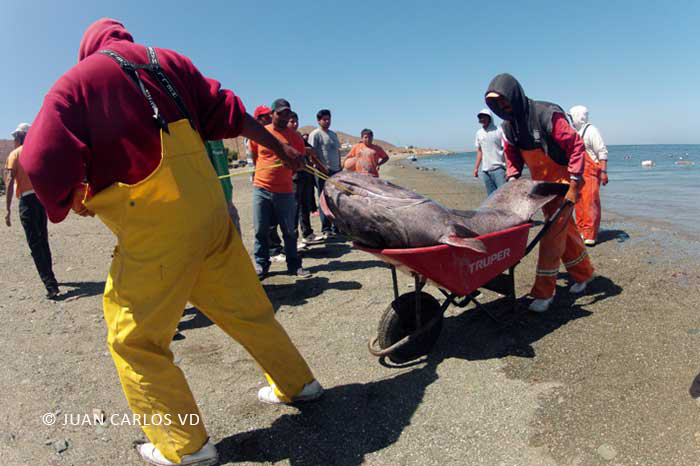
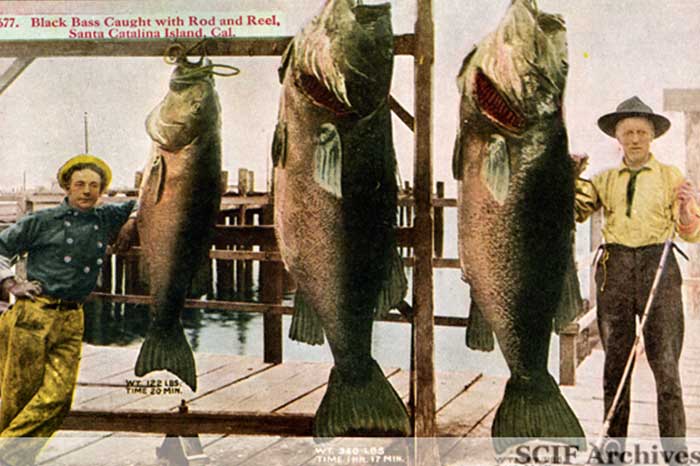
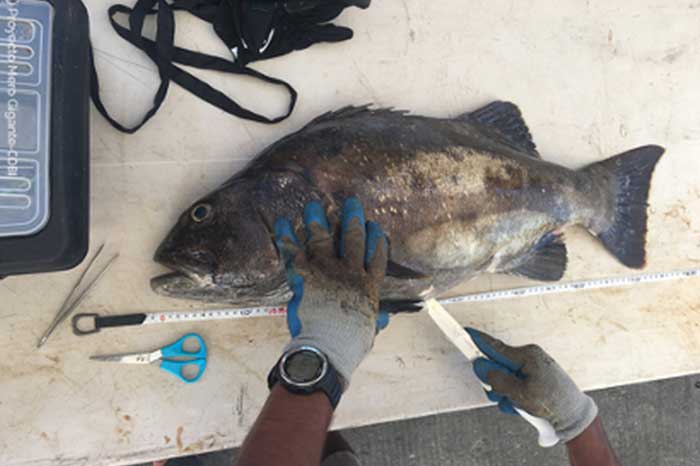
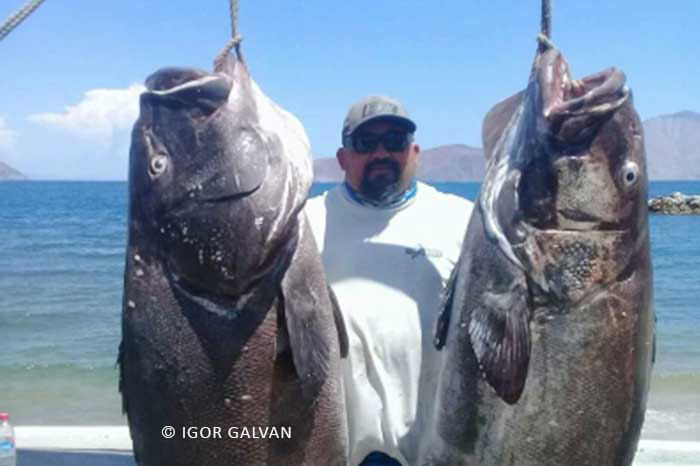
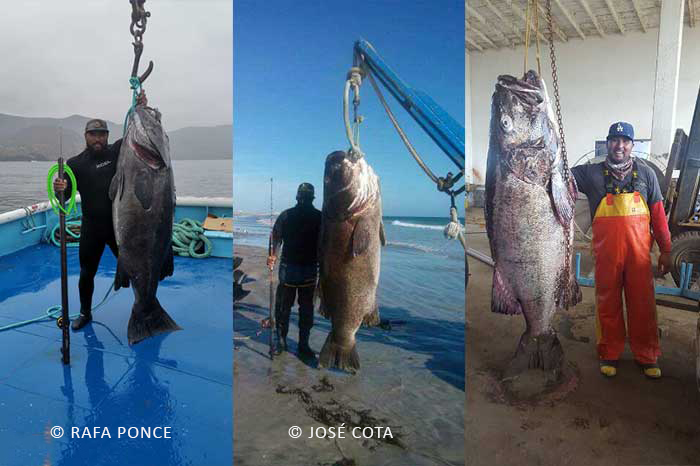
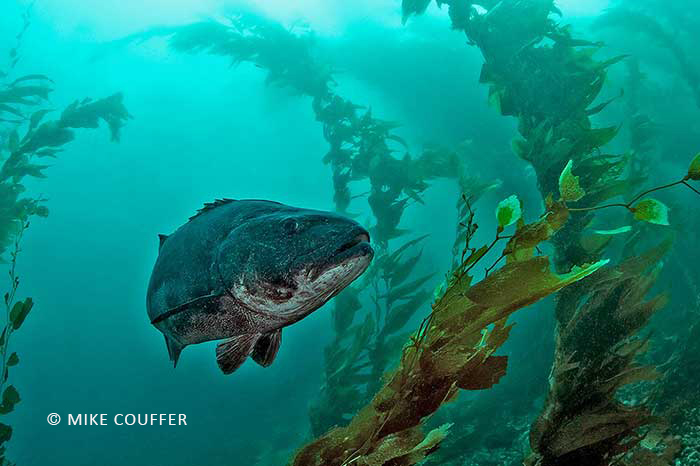
We have developed a monitoring program for the Mexican commercial and recreational fishery. This program has allowed us to obtain information on fishery catches, fish sizes, and catch sites, as well as biological samples, which cover the entire distribution of the giant sea bass in Mexican waters. Proyecto Mero Gigante has developed this program in collaboration with Comunidad y Biodiversidad, A.C. (COBI), the Baja California Peninsula Fishing Cooperatives, the Federation of Fishing Cooperatives (FEDECOOP), recreational fishing clubs, and the Baja California government.
Research topics
- Fishery-Biological monitoring program of the giant sea bass fishery in Mexican waters.
- Historical reconstruction of the giant sea bass fishery in the US and Mexico.
- Editing of the giant sea bass technical data sheet for the fishing chart of Baja California.
- Giant sea bass fishing monitoring program in sportfishing tournaments in Mexico.
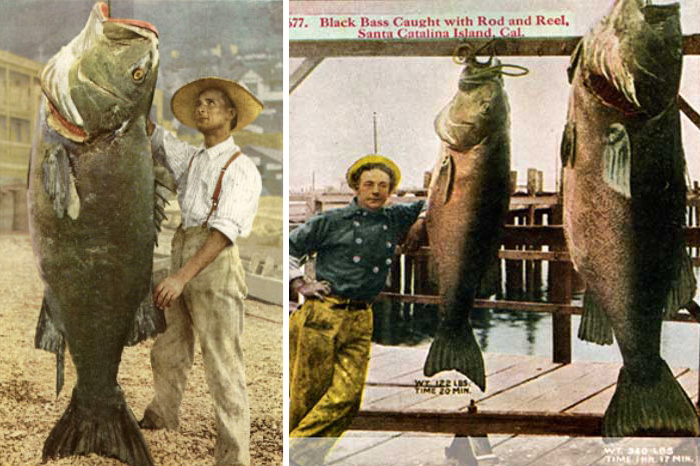
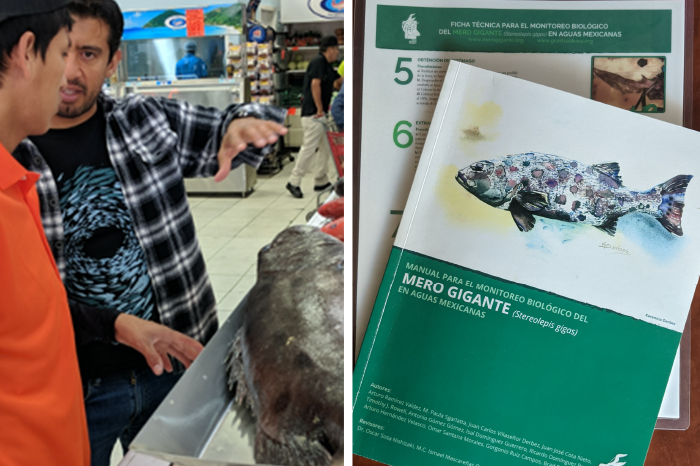

.
Mero Gigante Project has developed tools, techniques, and technical manuals to facilitate recording biological-fishery data in a systematic and standardized fashion.
.
We have assembled the most extensive and detailed database of the giant sea bass fishery in Mexican waters through collaboration with Comunidad y Biodiversidad, A.C. (COBI), the fishing cooperatives of Ensenada, Buzos y Pescadores (Isla Natividad), Progreso (La Bocana), Punta Abreojos and Puerto Chale, the Baja California government and the federal government, CONAPESCA. In addition, in collaboration with the California Department of Fish and Wildlife (CDFW), and Sea Around Us (University of British Columbia), we have reconstructed the history of the giant sea bass fishery, which has allowed us to estimate long-term catch trends.
ECOLOGY
Research topics
- Evaluation of the geographic distribution range through historical and contemporary records from scientific collections, global web-based databases, commercial and recreational fishing fleet records, fishery-independent surveys, citizen science records, and records vía social networks.
- Assessment of the adult individuals' movement between the fishing grounds of fishing cooperatives.
- Program tracking adults using recognition software to identify unique coloration patterns.
- Assessment of feeding and trophic level of adult individuals.
- Evaluation of genetic connectivity throughout the entire distribution, and estimation of the effective population size.
- Assessment of habitat preference using microchemistry in otoliths.
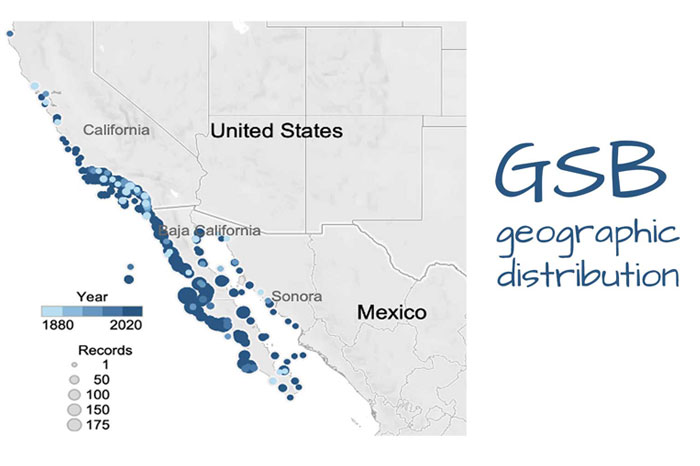
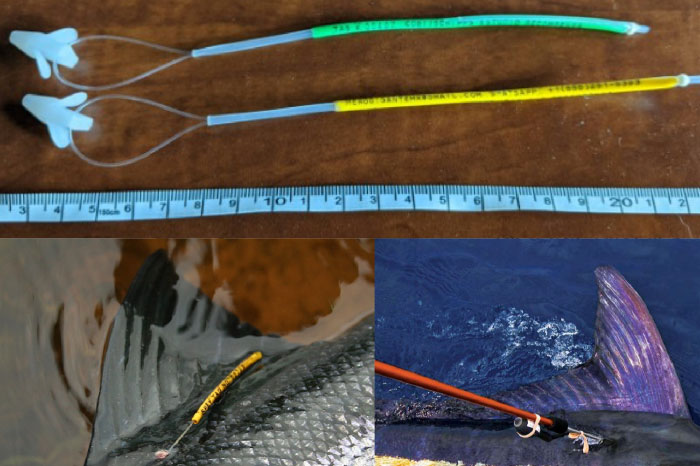
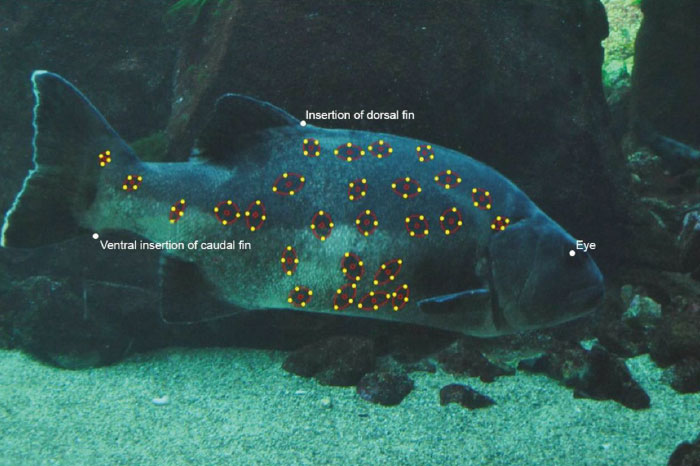
Giant Sea Bass geographic distribution
Mero Gigante Project is involved in a myriad of initiatives to assess the geographic distribution, gsb’s adults movement between fishing concessions areas, feeding and trophic level, genetic connectivity across the entire distribution, effective population size, and habitat preference.
Socio-Economics
Small Scale Fishery (SSF) is a primary activity in the Mexican economy, representing up to 97% of the marine fishing fleet and employing more than 2 million people, directly and indirectly. The importance of SSF is even more accentuated in northwestern Mexico, a region that includes the states of Baja California, Baja California Sur, Sonora, and Sinaloa, where almost one million fishers produce more than 60% of the national fishery production. In this region, the social and economic development of the communities is closely linked to fishing activity, especially SSFs. The giant sea bass is a component of the bycatch in the SSF for flatfish and white seabass. However, it can also be a target species in a number of fishing grounds and recreational fisheries across the Baja California Peninsula.
Mero Gigante Project collaborates with fishing cooperatives and coastal communities to obtain information that will allow us to understand the socio-economic implications of this fishery.
Socio-Economics
The Small-Scale Fishery sector is an important economic activity in Baja California peninsula.
Sustainable and lucrative fishery resources like lobster, abalone, squid, sea urchin, fishing cooperatives have no incentives to focus fishing effort on resources like Giant Sea Bass.
Most Giant Sea Bass catches in the Commercial fishery in Mexico are bycatch of the gillnet fishery targeting white sea bass and flatfishes.
.
Mero Gigante Project has developed an initiative to evaluate the economic benefits obtained from the giant sea bass commercial fishery and those obtained with ecotourism activities, specifically SCUBA diving, through the entire geographic distribution. A recent study in California (Guerra et al. 2017) showed that these giants have a higher economic value in non-extractive activities, such as diving, than when extracting them as part of fishing. Diving with marine megafauna and aquariums represents a multibillion-dollar industry in California. Therefore, we seek to provide the information and tools to offer coastal communities alternatives to use this and other marine resources in a sustainable way.

